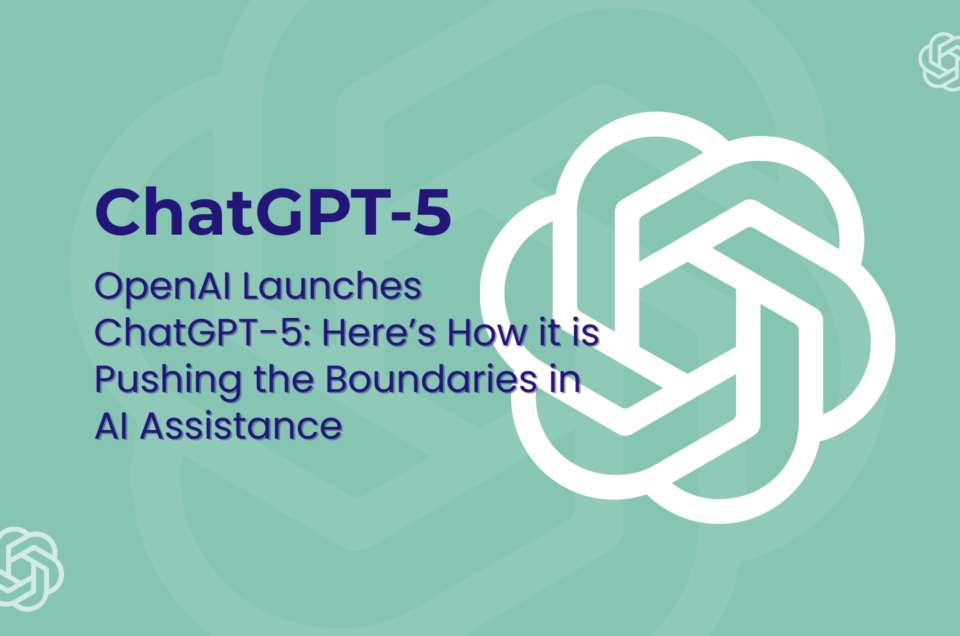How Conversational AI is Revolutionizing the Future of Customer Experience
In today’s rapidly advancing technological landscape, the way we interact with digital tools is fundamentally transforming. AI-driven innovations are reshaping customer experiences across industries, paving the way for a more seamless and intuitive user experience.
Conversational AI is one way businesses are transforming customer experiences. With automated chatbots and virtual assistants, companies can now deliver instant, personalized support. This boost in responsiveness not only keeps customers satisfied and more engaged but also helps operations run more smoothly.
We will delve deeper into how conversational AI is revolutionizing customer service and also explore its potential to redefine industry norms.
What is Conversational AI?
Conversational AI, or Conversational Artificial Intelligence, is a technology that enables machines the ability to engage in human-like conversations and interactions. In other words, it has the capability to understand and respond to human speech or text. It uses a combination of technologies such as Natural Language Processing (NLP), Machine Learning (ML), and large amounts of data to simulate human conversation.
It is built using several key components that work together to enable machines to understand and interact with humans in natural language. Here are some of the main components:
Natural Language Processing (NLP) – Natural Language Processing is one of the crucial component of conversational AI that involves transforming human language into a machine-readable format and for further processing to produce appropriate responses. There are several steps in how NLP functions within conversational AI.
- Lexical Analysis – Breaking down a text into individual words or phrases, known as tokens.
- Semantic Analysis – Understanding the relationship between words and phrases in a sentence and analyzing the meaning of the text.
- Sentiment Analysis – Analyzing the emotional tone of the text to determine whether it is positive, negative, or neutral.
- Pragmatic analysis – The process of understanding the meaning of language in context, rather than just the literal meaning of words.
Machine Learning (ML) – Machine Learning (ML) plays a pivotal role in Conversational AI that uses a range of complex algorithms and statistical models to identify patterns from massive data sets, and consequently, make predictions.
Data Mining – Data Mining is the process of discovering patterns and relationships in large data sets, developers can then utilize that data to enhance the system’s functionality.
Impact of Conversational AI on Customer Experience
Customer Experience (CX) encompasses all the interactions a customer has with a brand throughout their journey. This includes every touchpoint, from the initial stages of marketing and awareness to the sales process and post-purchase support through customer service. It’s not just about individual interactions; it’s about how these experiences collectively shape a customer’s perception of the brand.
As customer expectations continue to rise, companies must elevate their approach by implementing conversational AI, which offers innovative ways to engage, support, and retain customers over the long term.
Here are some key ways in which conversational AI is making a significant impact:
1. 24/7 Efficient Support Service: Conversational AI ensures that businesses can provide round-the-clock support, allowing customers to access help anytime, anywhere, without being limited by business hours.
2. Personalized Customer Interactions: AI-driven systems personalize customer interactions by analyzing data in real-time, offering tailored solutions, product recommendations, and personalized responses that enhance engagement.
3. Multi-Language Support: Conversational AI enables businesses to support customers across different languages, breaking down language barriers and expanding global reach.
3. Enhanced Overall Customer Satisfaction: By offering faster, more personalized, and efficient responses, conversational AI significantly improves customer satisfaction, building stronger relationships and trust.
4. Omnichannel Customer Experience: AI-powered solutions provide a seamless experience across multiple platforms and devices, ensuring consistency in customer interactions regardless of the communication channel.
5. Contextual awareness: Conversational AI systems can retain and apply contextual information from previous interactions, allowing for more relevant and meaningful conversations.
6. Handling complex conversations: Advanced AI systems are capable of managing more sophisticated and complex customer queries, offering intelligent solutions without the need for human intervention in many cases.
The future of Conversational AI in Customer Experience
Looking ahead, conversational AI is sure to transform the way we engage with digital platforms, making interactions smoother and more intuitive than ever before.
As conversational AI evolves, its impact on customer experience is set to expand significantly. With advancements in natural language processing (NLP), machine learning, and AI-driven analytics, businesses will be able to deliver even more sophisticated and personalized interactions with their customers.
In the future, we can expect conversational AI systems capable of understanding and responding to complex emotions, fostering interactions that feel more human-like. Furthermore, the integration of AI with emerging technologies like augmented reality (AR) and virtual reality (VR) will open up new avenues for immersive and engaging customer experiences.
As businesses continue to gather and analyze growing amounts of customer data, conversational AI will be pivotal in delivering hyper-personalization—customizing every interaction based on each individual’s unique preferences and needs. This deeper level of personalization will not only boost customer satisfaction but also enhance brand loyalty and foster long-term customer relationships.
Conclusion
Conversational AI is revolutionizing communication by enabling machines to understand, process, and respond to human language like never before. This technology, which encompasses chatbots, virtual assistants, and other AI-driven communication tools, has proven to be a game-changer in enhancing customer experience, personalizing interactions, and improving overall customer satisfaction.
The time to integrate conversational AI into your business strategy is now. By applying these insights, businesses can better navigate the conversational AI landscape, utilizing platforms like AI chatbots, voicebots and interactive virtual assistant platforms to enhance customer experiences and optimize operations. Stay ahead of innovation with Altrusia’s Global Summits on Conversational AI, Digital Twin, and Smart Manufacturing—where leaders meet, ideas grow, and industries transform.



